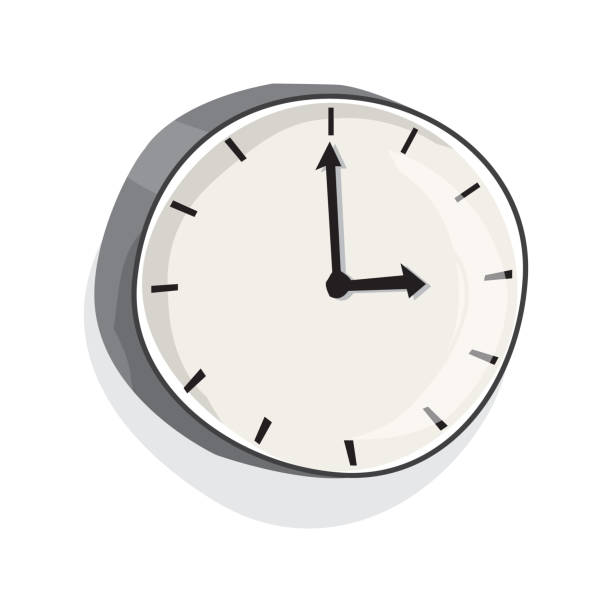For piano beginners, playing can be daunting! There are so many terms and concepts that can easily overwhelm and deter people new to the craft. That’s where T.A.A’s Music Toolbox for Beginner Piano comes in!
Our Toolbox for Beginner Piano provides all the information and links you need to get started with confidence!
Ready? Let’s go!
Important Concepts
Keyboard Geography
The piano is comprised of just 12 notes that repeat at higher or lower octaves across the keyboard! That’s right, even though a grand piano has a whopping 88 keys, it’s really just 12 notes!
This is why understanding the geography of the keyboard is so important! Wouldn’t you rather memorize how to find 12 notes than 88?
A great way to get aquatinted with this concept is by practicing with a chart like the one above.
Once you have it down with the chart try find a note of your choice by counting up from middle C, and then try to find that note spread across the keys. The faster you can do this the better!
Intervals
In music, the term interval refers to the distance between 2 notes. If a player understands intervals they can create any scale or chord they want!
Since there are 12 notes, there are 12 intervals. How they are counted is slightly more involved than 1 to 12 though!
They are as follows:
For kids, try out this online game here!
Timing
Timing in music has a lot in common with timing in dancing. Rhythm, though understood with the mind is felt in the body. Learning to listen to music and tap, clap or dance along is one of the best ways to practice connecting the brain to the body!

It can also be helpful when listening to a track to pay close attention to the snare or clap sound, which is often on beats 2 or 4.
For an even more advanced work out, students can try singing A Cappella to a metronome (a device that clicks every beat at a set static tempo).
Note Reading
Since the piano is played with both hands players have to be able to read notes in two different clefs!
A clef signifies whether the notes going to be played are in the high area of the instrument or the low.
The treble clef is used for the high notes (right hand) on the piano!
The bass clef is used for the lower notes (left hand) on the piano!
A great way to practice this is by using flashcard games like this one!
How to Learn Songs
Synthesia
Synthesia and other channels like it are a great way to learn tons of popular songs!
The videos work by showing students what notes on the keyboard to press and what time to press them.
While this is a great way to get the visual aspect of the piano down, we recommend using channels like these in conjunction with note reading and ear training, as music is much more about the ears than the eyes!
Musescore
Musescore is a fantastic website that is full of free sheet music! The site also has to ability to virtually play the sheet music, so players can follow along while reading!
Sheetmusic Direct
Sheetmusic Direct is like musescore, but contains higher quality sheet music. The site also has multiple versions of songs at different difficulties, allowing players to find a version of a song that is right for them.
AnyTune
This app allows users to slowdown songs, loop certain parts, and even adjust the key. It is a fantastic tool for learning songs by ear!
How To Choose a Method Book
There are so many Piano Methods, books, apps and styles of teaching! Each one provides something slightly different to the student.
Take a look at our extensive piano method article to see what the best and biggest in the game have to offer!
How To Organize a Practice Session
Scales, songs, reading, rhythm…. there are so many facets of the piano it can be hard to know how get comfortable with each area.
For new students, a great way to structure practice sessions is by splitting concepts up, like you would if your were creating a workout program at the gym.
This method allows us to make the most of our limited time!
Here’s a sample:
- Monday: Ten minutes scales, ten minutes chords.
- Wednesday: 15 minutes on a new song
- Friday: Ten minutes sight reading, ten minutes on a song.
Consistency is key! Practice sessions really can be this short. If they are consistent you will begin to see improvement very quickly!
How To Continue To Improve Your Piano Skills
Our Toolbox for Beginner Piano provides you with all the key concepts to get started with today, at home, by yourself!
However, the tricky thing about the piano is it can be really hard to tell if you are doing certain exercises correctly, or if the concepts are actually translating into real-world sound.
This is why a great personal piano teacher is a must! Trained piano coaches can easily hear and correct techniques and provide the personalized feedback that a video or audio program never will.
